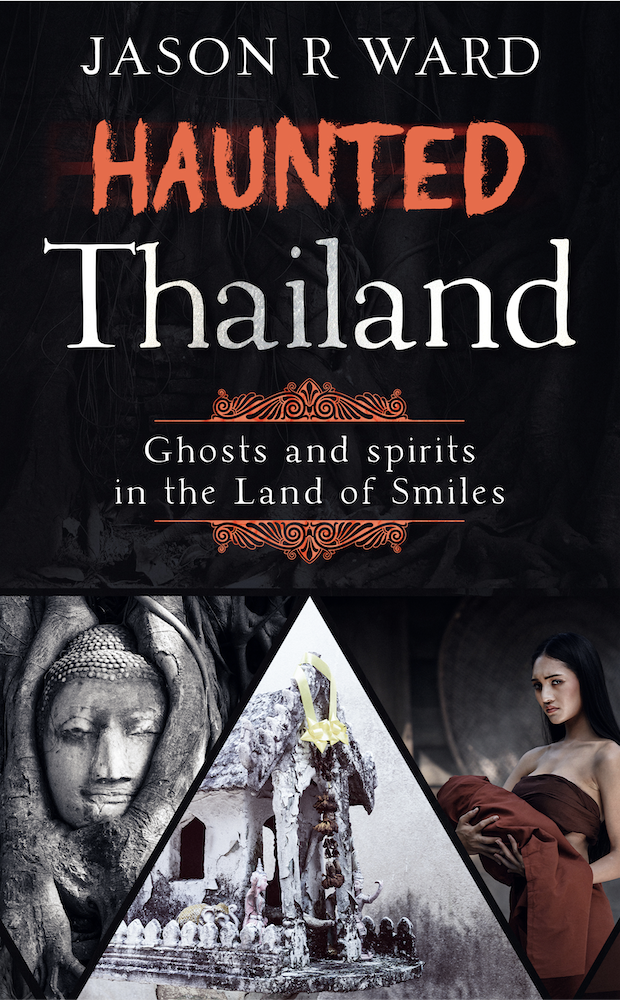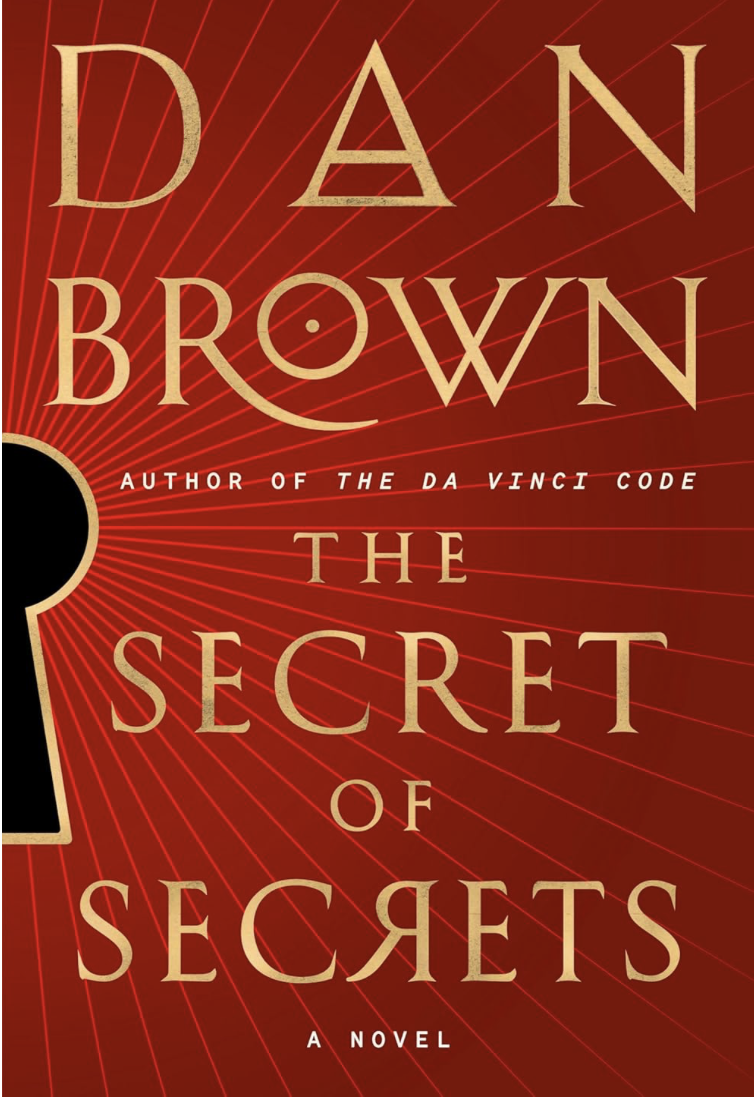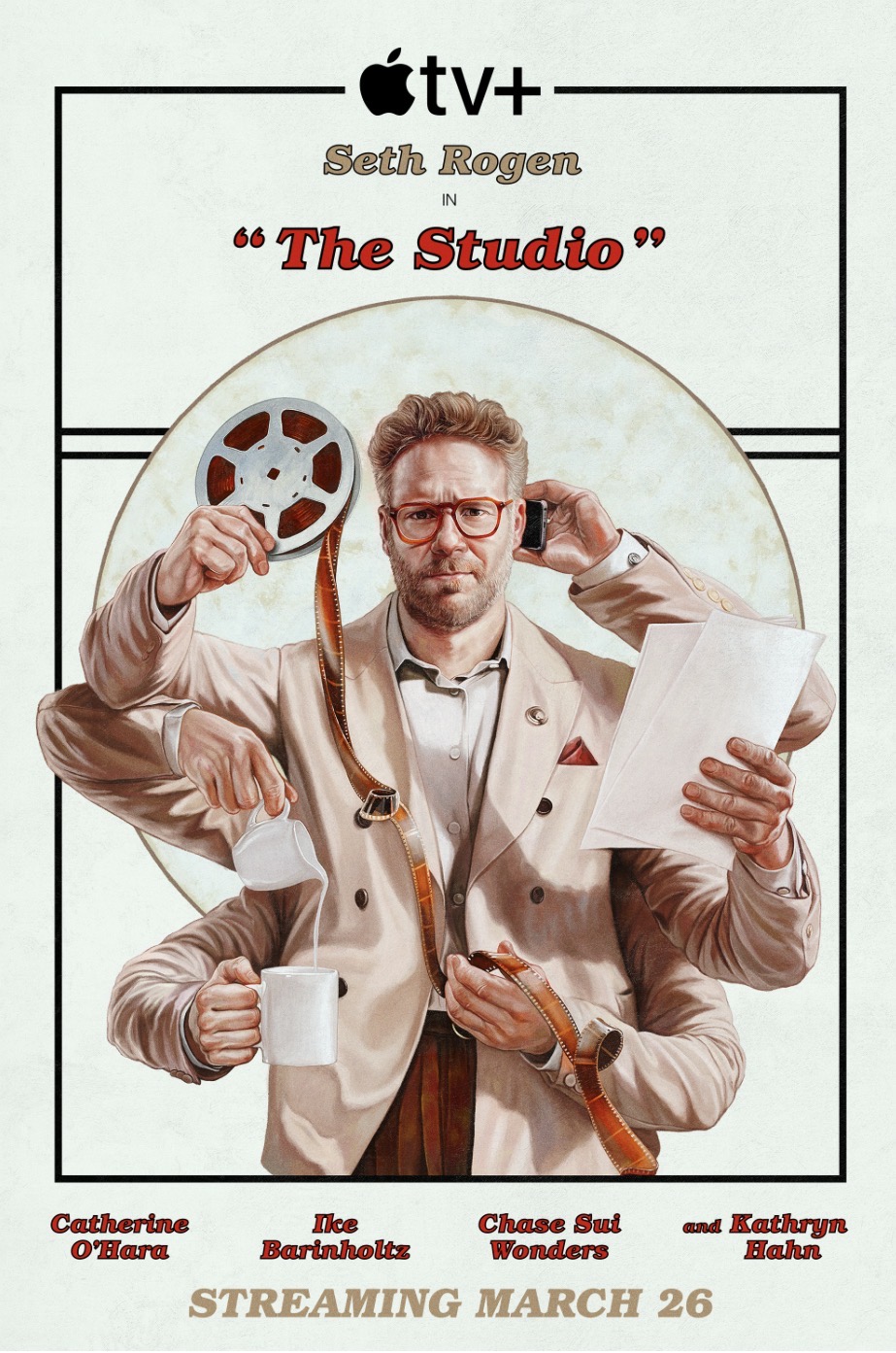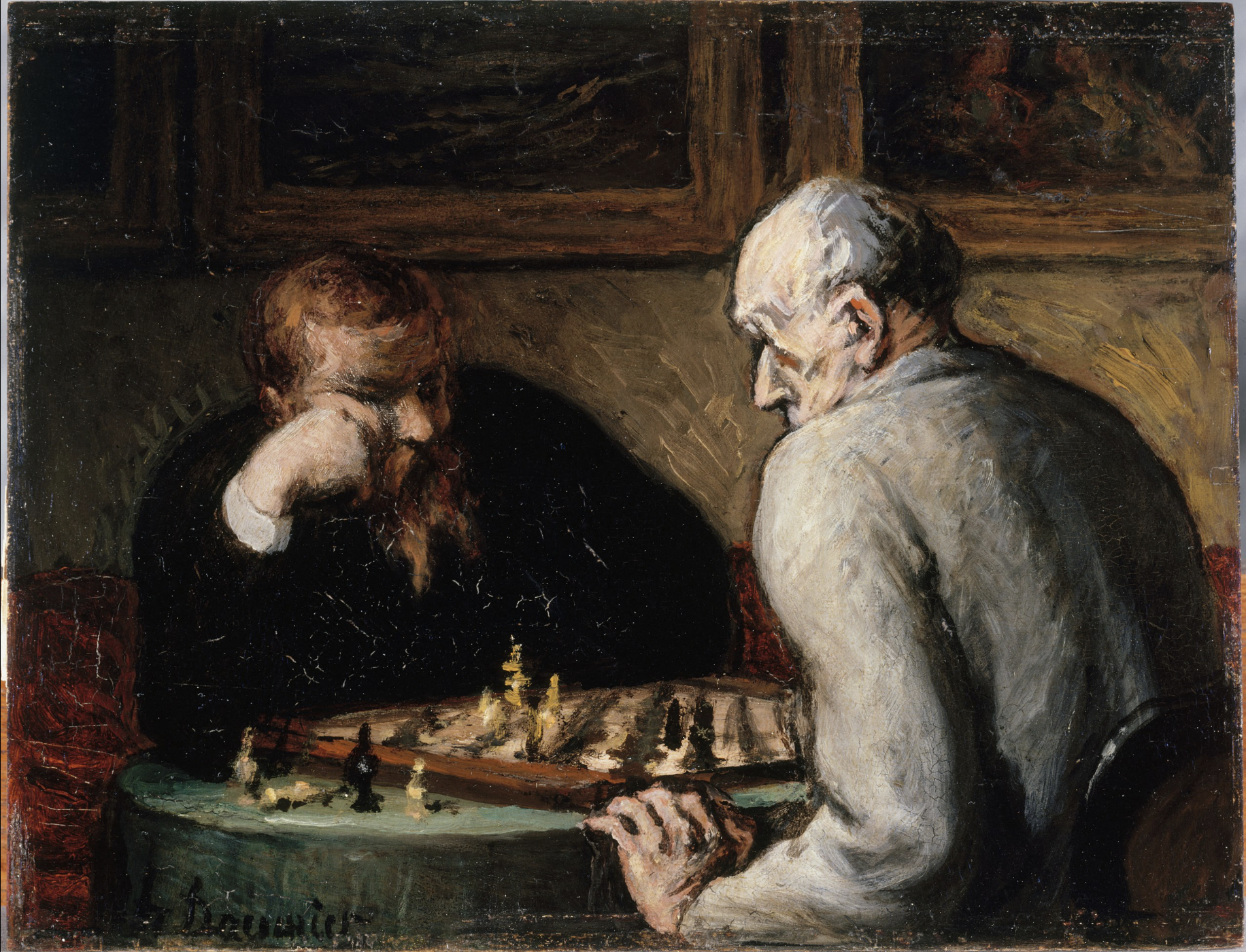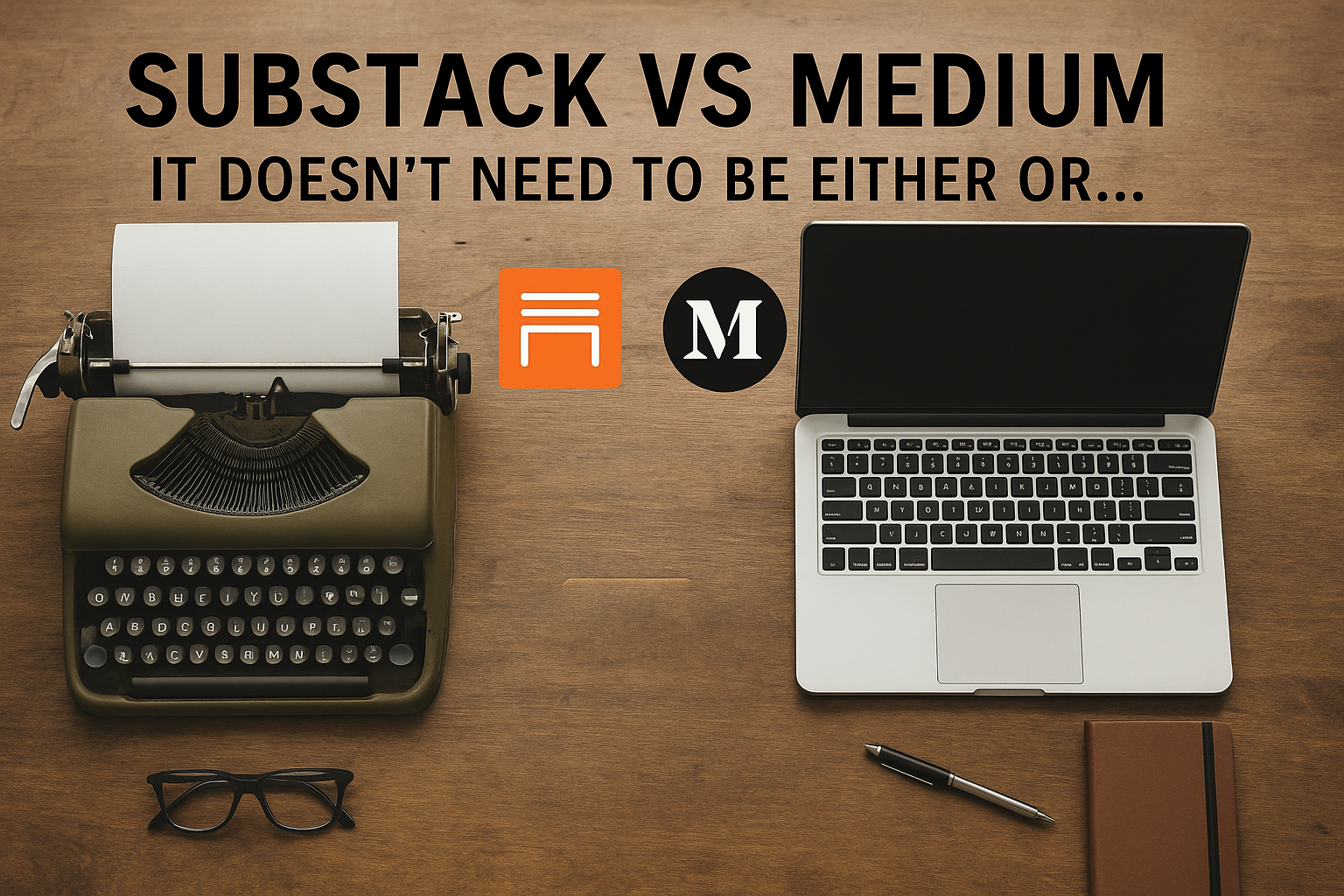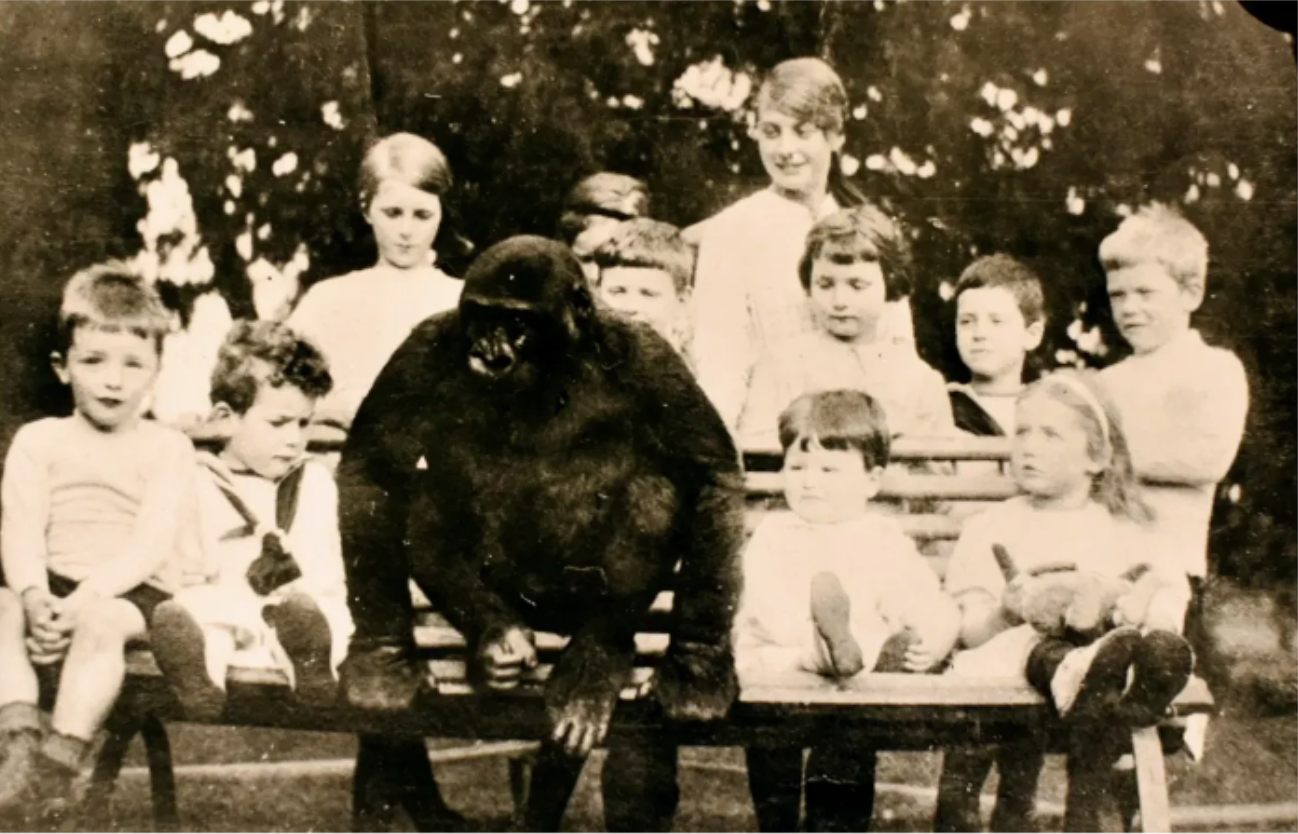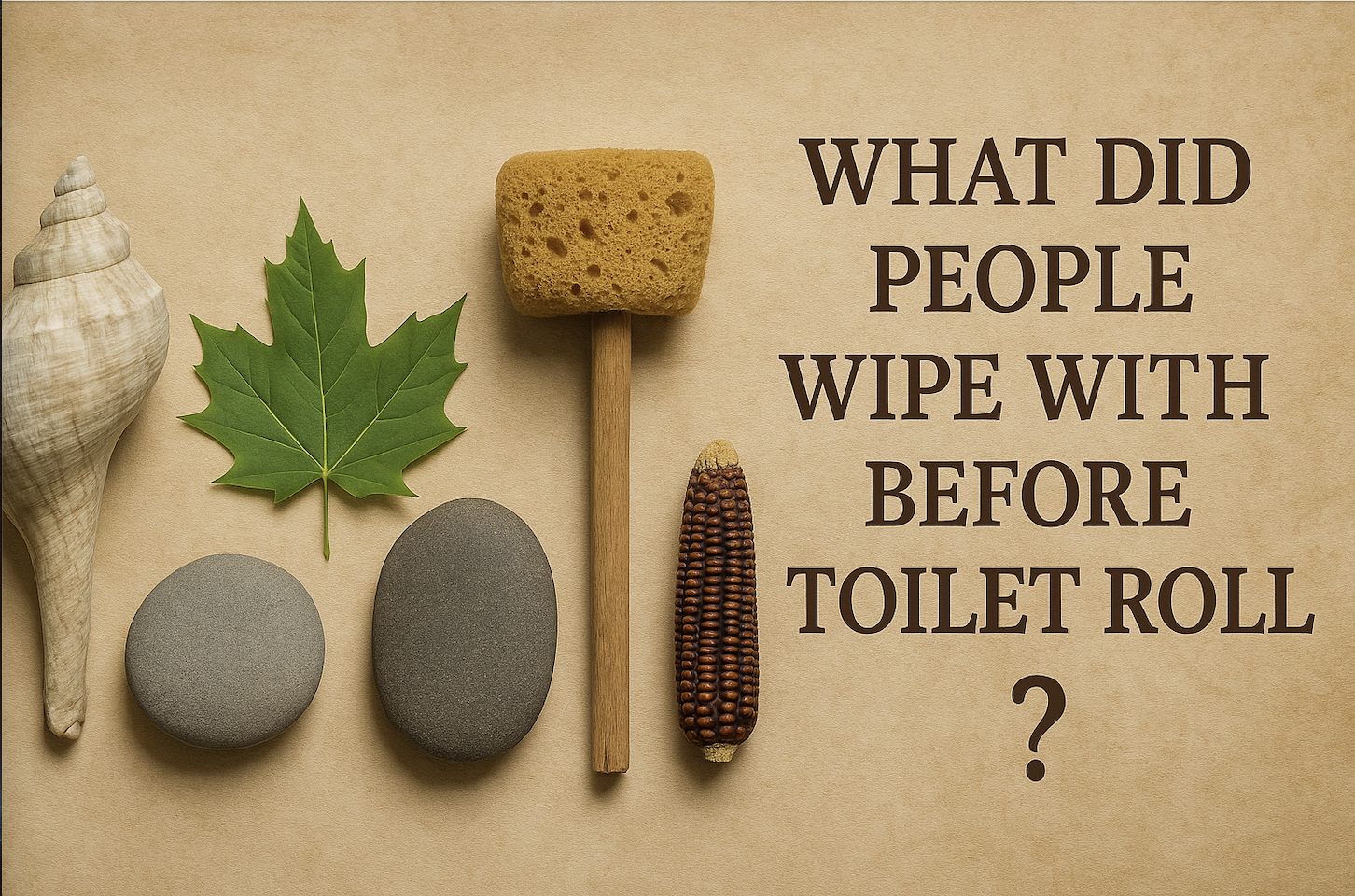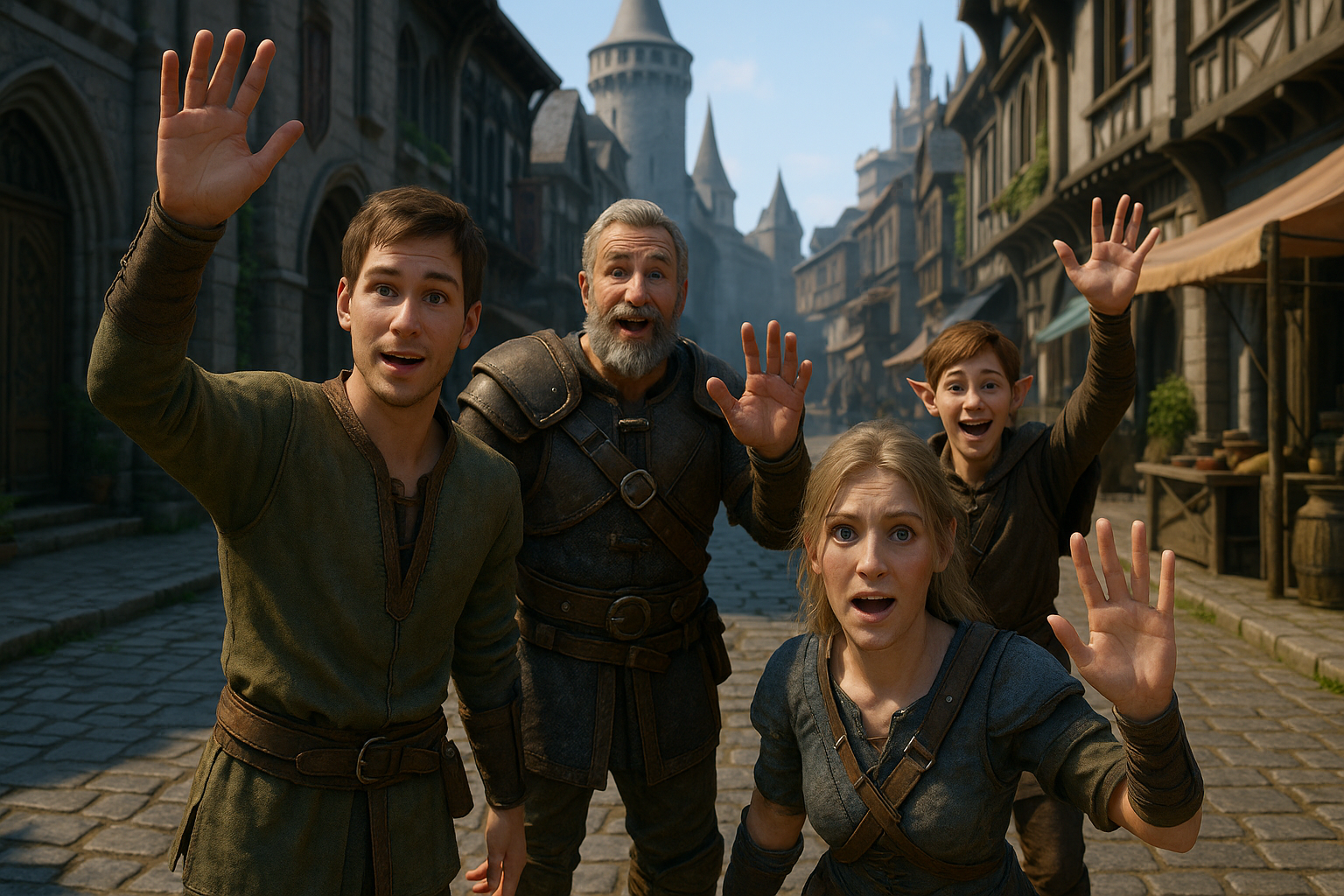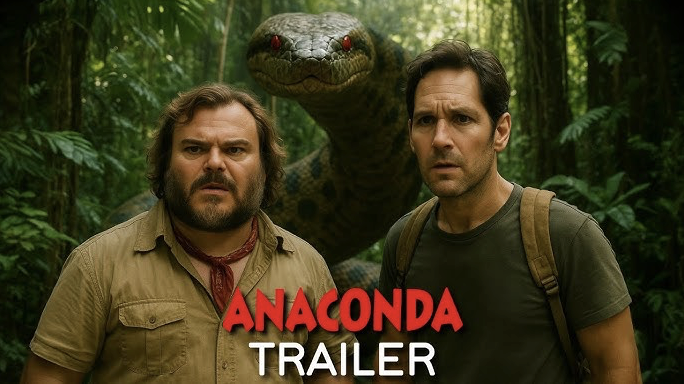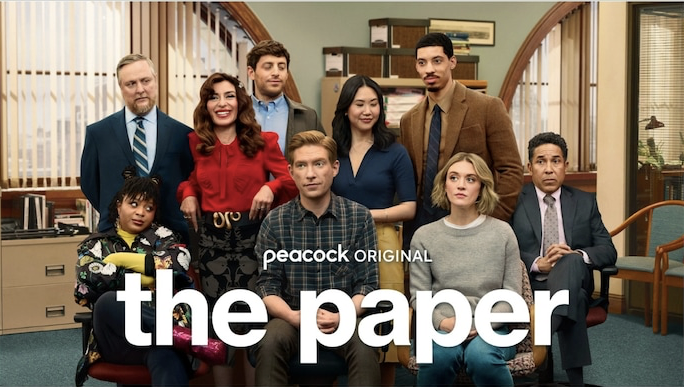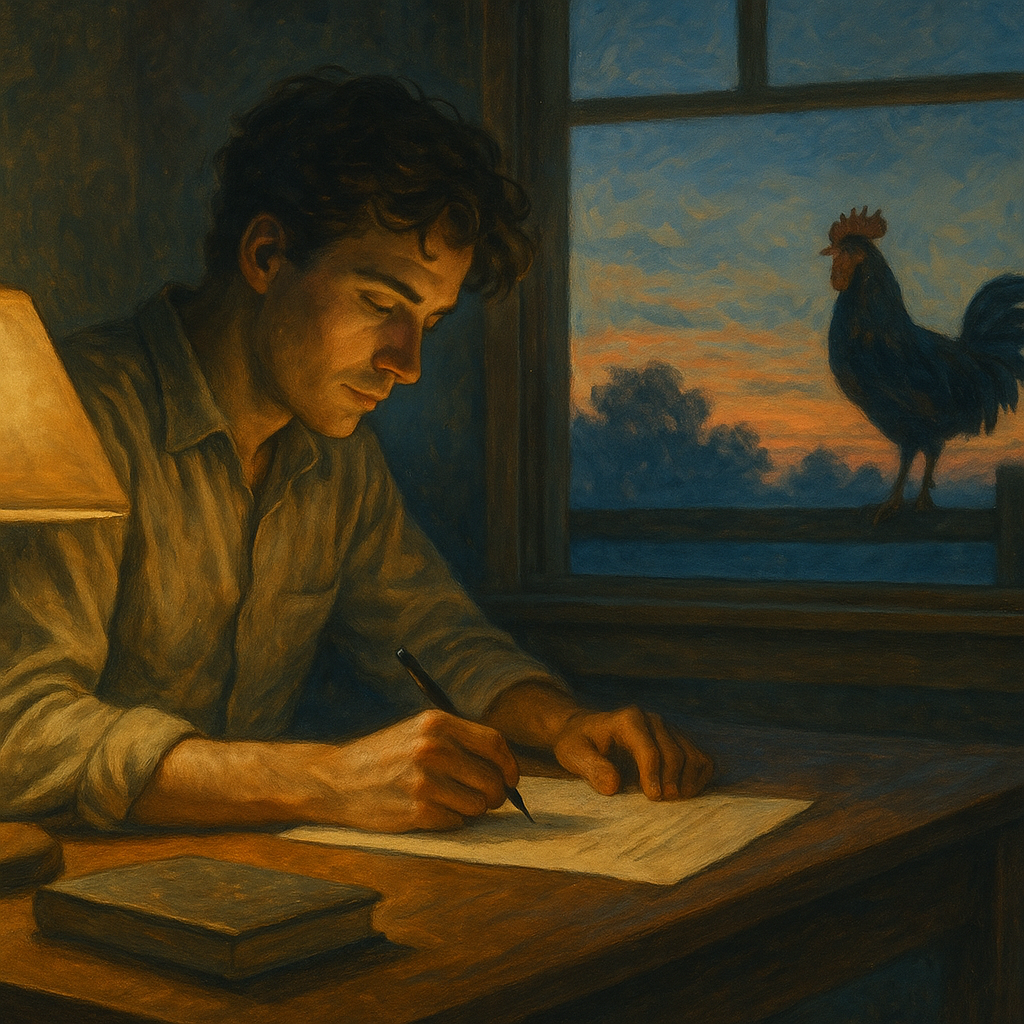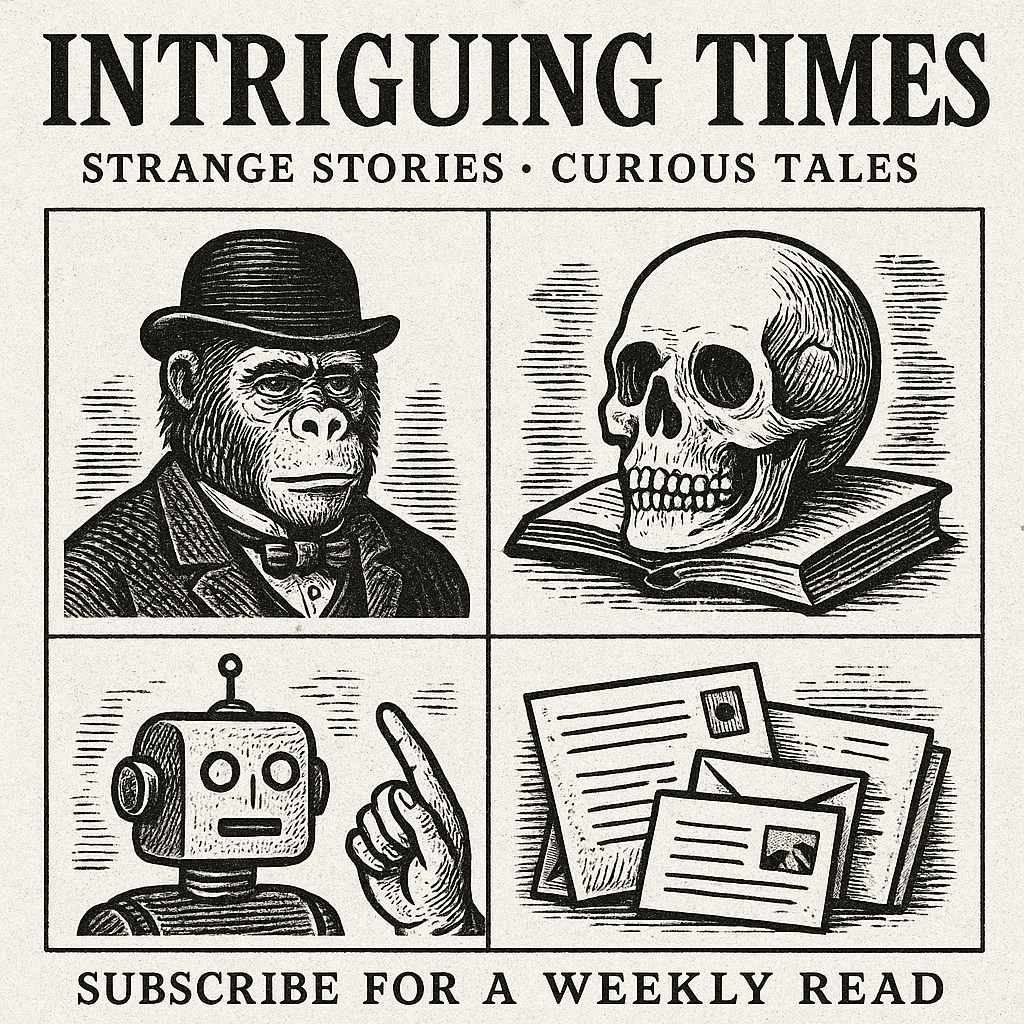Plotting vs. Pantsing: What’s Better for Writers and Readers?

In the world of fiction writing, few debates are as enduring as “plotting vs. pantsing.” Writers and readers alike have strong views on the merits of each approach. Some prefer the structured epic tales of Ken Follett’s plotted narratives, while others love Stephen King’s more spontaneous style. So, what’s better for writers—and does it matter for readers?
Plotting vs. Pantsing Defined
To clarify, plotting involves detailed planning before writing begins. Writers like Ken Follett, J.K. Rowling, and Brandon Sanderson outline events, character arcs, and plot twists in advance. Pantsing, on the other hand, is more free-form – aka making it up as you go along. Writers like Stephen King, George R.R. Martin, and Margaret Atwood often dive in with only a loose idea, discovering the story as they write.
George R.R. Martin encapsulates this difference by referring to writers as either “architects” (plotters) or “gardeners” (pantsers). Architects design every detail, while gardeners plant a seed and let it grow organically.
Pros and Cons of Plotting
Plotting allows writers to produce well-structured novels with tightly controlled narratives. Plotters often know the ending before they begin, making it easier to pace the story and tie up loose ends. This results in stories where every detail has a purpose and readers seldom feel lost or unsatisfied by unresolved threads. Additionally, plotters tend to avoid writer’s block since they have a roadmap to follow. Once the plot is set, the actual writing can proceed smoothly, often with fewer revisions.
However, a heavily plotted story can sometimes feel predictable. Readers may spot seemingly inconsequential details that turn out to be crucial later on. Skilled plotters counter this by adding red herrings and unexpected twists to keep readers guessing.
Despite these challenges, the process can be faster and more efficient, especially for writers who dislike the extensive rewrites that pantsing often requires.
The Case for Pantsing
Pantsing offers spontaneity and a sense of discovery that some writers find essential to creativity. For pantsers, the act of writing feels more organic—characters drive the story, and the plot unfolds naturally. With minimal pre-writing preparation, pantsers dive straight into storytelling, often resulting in a narrative that’s refreshingly unpredictable.
However, pantsing has its pitfalls. Without a structured plan, writers risk wandering down dead-end paths, sometimes resulting in entire sections needing a rewrite. The most glaring issue, though, is when writers reach the climax of a story and realise they haven’t developed a satisfying ending. Some readers notice this too, particularly in books with abrupt or inconsistent conclusions.
What Do the Authors Say?
John Grisham, a devoted plotter, asserts that a well-thought-out outline eases the writing process, stating, “If I cheat on the outline, I get in trouble with the book.” J.K. Rowling uses a mix of plotting and spontaneity, preferring to leave some elements undecided to maintain creative freedom. Conversely, Stephen King dismisses plotting as the “last resort of bad fiction writers,” while Margaret Atwood begins with a single image or scene and lets the structure emerge through the writing process.
Readers’ and Writers’ Perspectives
Ultimately, what matters most is the end product. A great book can emerge from either method, though discerning readers might detect the approach taken. For writers, it comes down to personal preference. Some thrive with a solid framework, while others find structure stifling. Experimenting with both methods can help writers discover what works best for them and their stories.
Blending the Two Approaches
Many writers adopt a hybrid approach, using a loose plot outline but leaving room for characters and ideas to evolve. This blend combines the best of both worlds: a planned destination with flexibility on how to get there. It allows for a clearer story structure without sacrificing the excitement of spontaneous storytelling.
Speaking from personal experience, I started a fantasy novel as a pantser, letting my characters roam freely. Eventually, I hit a point where the story became too tangled, and the ending and plot that emerged meant colossal rewrites. So, I switched gears and began plotting. The characters and setting were already good, but plotting gave me the clarity I needed to shape the story effectively.
Whether you’re a die-hard plotter, a freewheeling pantser, or somewhere in between, there’s no right or wrong answer. Both methods have produced literary classics and bestsellers, so find what suits your style and let the story take you where it may.
Sorry if you were hoping for a definite answer, but it really is up to the individual.
A longer version of this article appeared on my Substack, Intriguing Times. It can be found here.
